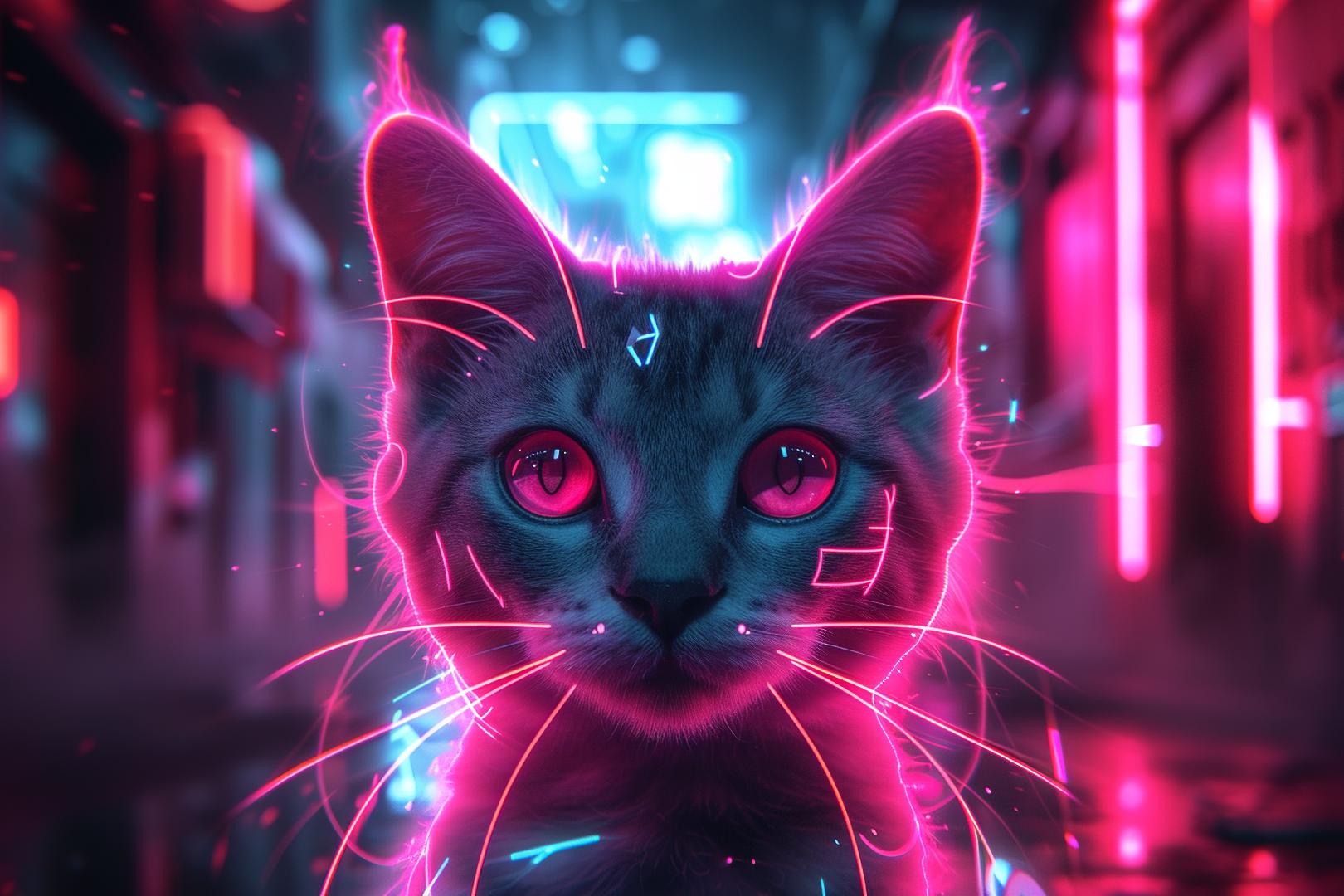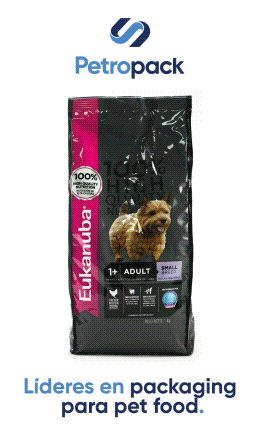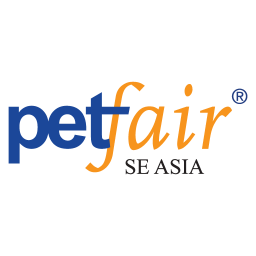But innovation, by itself, leads nowhere. We need to do it with knowledge and data-based and, to do so, understanding the main current trends and changing forces is essential to encourage sustained and effective development. Part of that knowledge will come from improving relationships between companies' retailers and consumers.
On the other hand, we must also take into account that the global economy is encountering a series of challenges that bring global instability both at an economic and productive level and mean that the problems on the inflation front are not over yet. When a crisis occurs across an entire industry, we need to focus and join forces because one consumer's trust (or lack thereof) can impact many more and spread to very negative impacts.
However, despite knowing the need to invest in finding these new alternatives, losing sight of motivation amid needs and everyday demands can be easy. In these cases, it is important to remember that most of the time, urgent does not mean high importance. Instead, focusing on those relevant matters in the medium and long term can be much more significant.
It is precisely in these cases that we must join forces and find new paths together.
3 key trends to pay attention to
E-commerce
E-commerce and direct-to-consumer models have been booming since the pandemic boomed, but their role is currently transforming. Today, they are creating opportunities for innovative and niche pet food brands to reach a broader audience while online platforms make it possible to educate consumers about their offerings and the benefits of their products.
Lower budgets
Pet food consumers are increasingly tending not only to reduce but also to plan and budget the expenses related to their pets. They remain very loyal to the products they choose but with less willingness to spend. By understanding these consumer behaviors, brands can allocate their resources appropriately, adjust strategies, and seek out key partners.
Collaboration and co-participation
When there were crises in the industry, such as the recall of certain contaminated foods, collaboration was what held brands. Furthermore, we know that crisis can mean opportunity. These events have driven the industry to have better and new standards. Since these changes, manufacturers have implemented and received improvements to track ingredients throughout the supply chain, protecting pet health and helping to restore consumer trust. In turn, it has forced all parties to advocate for better communication.
On the other hand, although there is a strong increase in pet owners who are increasingly aware, there is still a large number of consumers who see pet food as a true mystery. In these cases, purchasing decisions are motivated by emotions. Co-participation and collaboration are essential to educate because, when misinformation is spread, consumers do not know what to believe.
Conclusion
The pet food industry is undergoing a transformative phase, driven by innovation that answers both pet owners' desires and the Earth's needs and the market. The most advanced countries are already blazing a trail that combines modern technology, sustainability, and a deep understanding of animal welfare.
As the bond between humans and their pets deepens, the search for healthier, more sustainable, and technologically advanced pet food options will continue to drive the industry.
Source: All Pet Food Magazine.
You could be interested: The 27th Edition of Pet Fair Asia Will Take Place From 20 to 24 August 2025 in Shanghai, Marking The Largest Event in its History
About author
María Candelaria CarbajoI’m a creative, interdisciplinary person, translator, and editor. I collaborate in producing and writing creative, high-impact projects to promote cultural exchange, transmit differential values, and connect with people/the audience. Likewise, I enjoy teamwork and joining forces, experiences, and knowledge to bring the world all the potential of those ideas that seek to impact people’s lives positively.
Market Information
07/08/2025
The American Pet Products Association (APPA) Releases 2025 Dog & Cat Report, Revealing a New Era of Pet Ownership
29/07/2025



















































